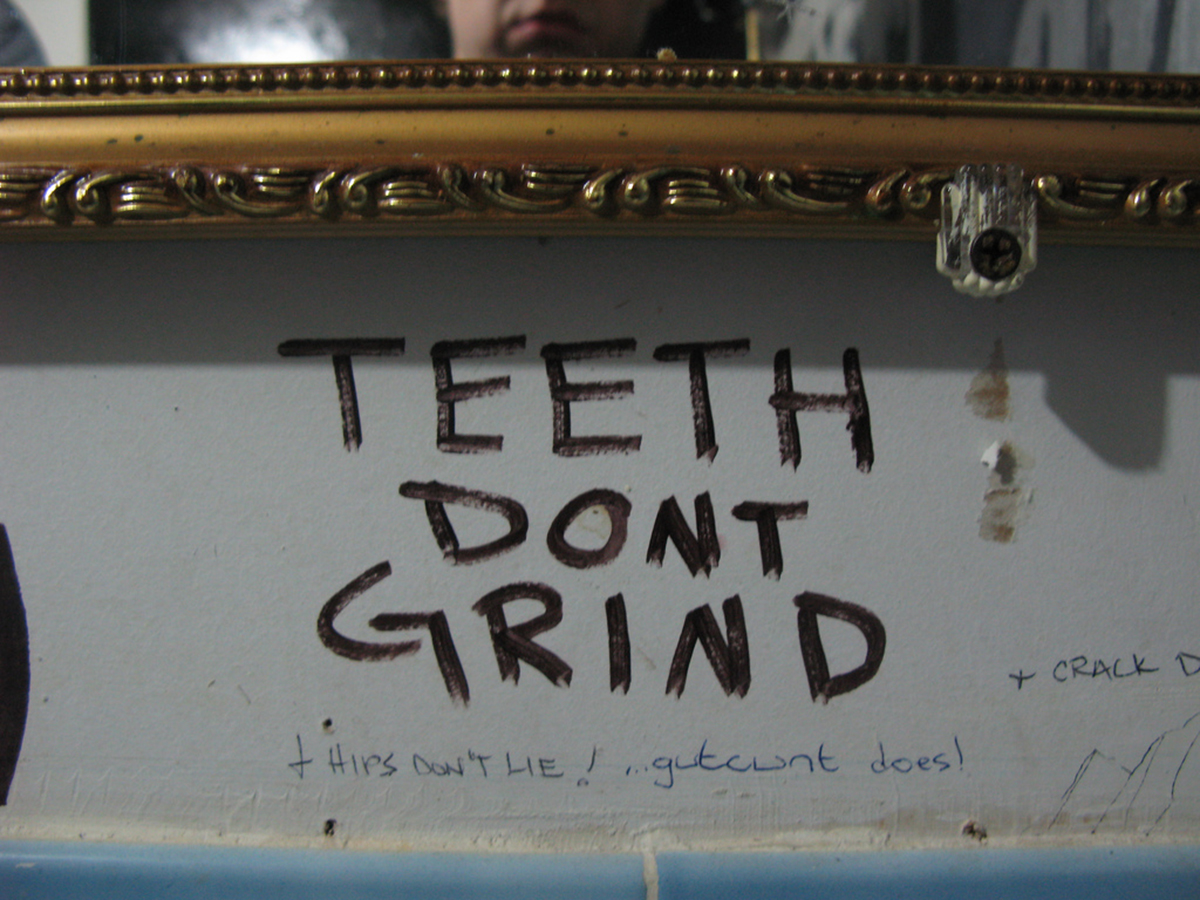Table of Contents
How the Diagnosis Is Made
TMJ dysfunction is normally diagnosed by a dentist, who first rules out other causes of the pain, such as sinus problems, gum disease or tooth decay. Once these have been ruled out and the dentist has your medical history, they will then perform a physical examination of your jaw.
The dentist will manipulate your jaw, by opening and closing your mouth and feeling the joint to see if he or she can feel any abnormalities with the movement. A careful ear will note any clicks, grating sounds or pops during movement of the jaw. The muscles of your face and how your teeth fit together will also be examined.

Treatment Options
There are a number of treatment options that may be available, but it depends on the circumstances and severity of your TMJ dysfunction. The first plan of attack is by NSAIDs – non-steroidal anti-inflammatory drugs. These can help with the pain. Sometimes a muscle relaxant may also be prescribed to relax the jaw muscles, especially if you are a tooth-grinder. Other medicines may include antidepressants and anti-anxiolytic drugs, to help you manage the stress that is causing the tightening of the muscles and the tooth grinding.
Some people find relief with a night guard which is worn at night while you sleep. These are crafted in plastic, and they fit over both your upper and lower teeth, keeping them apart from each other so you can’t grind or clench your teeth. Another alternative is a dental splint, but this needs to be worn all the time. In some cases of TMJ dysfunction, the cause lies with the state of your teeth. If there are missing or broken teeth, these may be repaired to fix your bite, relieving the pressure off your jaw.
If these treatments aren’t successful, the next step is to look at more in-depth treatments. One of these is called TENS, or transcutaneous electrical nerve stimulation. During this treatment, low-level currents of electricity are used to relax the joint and facial muscles around the jaw. Radio wave therapy is similar, except it uses radio waves to increase the blood flow to the joint and relieve the pain.
The use of ultrasound is sometimes successful when applied to the joint. The ultrasound creates a heat which helps relax the muscles around the joint. This may only provide a short-term solution to the problem however. Another option is to have analgesics or anesthetics directed directly into the facial muscles that are tender.
READ Teeth Whitening: Is it a scam?
Surgical Options
Surgery is typically only considered when everything else has failed. There are 3 main surgical procedures, including arthrocentesis where needles are placed in the joint to wash it out. Arthroscopy involved inserting a tool through a small cut in front of your ear which is used to remove any debris in the joint and to wash it out. Finally, there is an open-joint procedure, which is the most invasive of the 3 and takes longer to recover from. The joint is opened up and any diseased bone or tissue is removed.
Conclusion
If you have any of the symptoms mentioned above, make sure you talk to your dentist about it. The sooner you can start the milder forms of treatment, the less likely you are to require the more severe treatment options in the future.
- www.webmd.com/oral-health/guide/temporomandibular-disorders-tmd
- www.nhs.uk/conditions/temporomandibular-joint-disorder/Pages/Introduction.aspx
- Photo courtesy of dvanzuijlekom: www.flickr.com/photos/dvanzuijlekom/9393464542/
- Photo courtesy of pheezy: www.flickr.com/photos/pheezy/2091951422/
- Photo courtesy of dvanzuijlekom: www.flickr.com/photos/dvanzuijlekom/9393464542/

